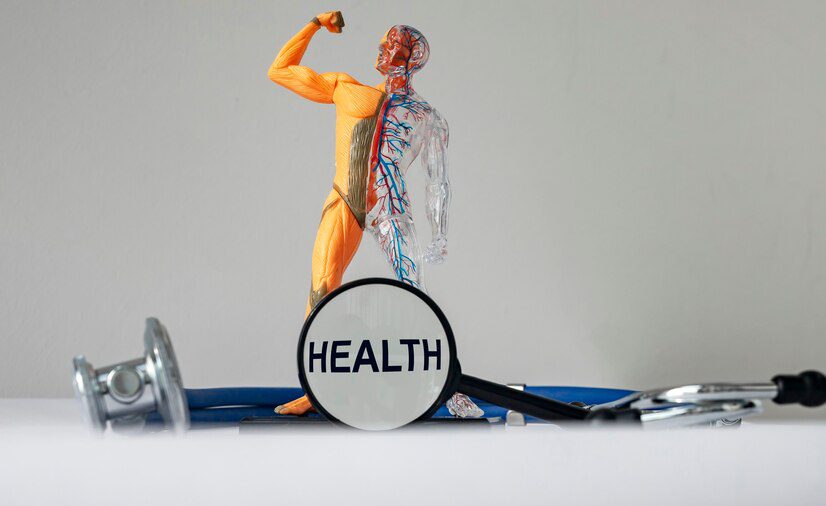We all know the personal benefits of maintaining a fitness routine – increased energy, improved mood, and a stronger body. But did you know that a nation’s fitness level holds significant economic weight? In the US, prioritizing fitness translates to a healthier population, a more productive workforce, and a booming fitness industry – all contributing to a thriving economy.
The Cost of Inactivity: A Burden on the US Economy
Chronic diseases like heart disease, diabetes, and obesity are on the rise in the US. These conditions are often linked to a lack of physical activity. A 2020 study by the American Heart Association estimated that the direct medical cost of physical inactivity in the US was a staggering $137 billion annually. This places a significant burden on the healthcare system and ultimately impacts the overall economy.
Real-world example: Imagine a company with a workforce struggling with obesity-related health issues. This could lead to increased healthcare costs for the company, employee absenteeism due to illness, and potentially decreased productivity. Encouraging a corporate fitness program could lead to a healthier workforce, lower healthcare costs, and ultimately, a more productive company.
The Benefits of Fitness: A Boost to US Productivity
Fitness isn’t just about physical well-being; it positively impacts mental well-being and cognitive function. Studies have shown that regular physical activity can improve focus, memory, and boost your energy and decision-making. A fitter workforce translates to a more productive one, contributing to economic growth in the US.
Real-world example: Employees who engage in regular physical activity tend to have higher energy levels, better focus, and improved problem-solving skills. This can lead to higher quality work, increased productivity, and ultimately, a greater contribution to the company’s bottom line.
The Flourishing Fitness Industry: A Job Engine in the US
The growing awareness of the benefits of fitness has fueled the fitness industry in the US. According to the American Council on Exercise (ACE), the fitness industry is a multi-billion dollar powerhouse, contributing significantly to the US economy through job creation and revenue generation.
Here’s a table outlining some key sectors within the US fitness industry:
| Industry Sector | Examples |
| Gyms and Health Clubs | Traditional gyms, boutique fitness studios, personal training |
| Sporting Goods & Apparel | Manufacturing and retail of sportswear, athletic equipment |
| Wellness & Nutrition | Healthy food & beverage companies, nutrition coaching services |
Beyond Gyms: Expanding the Definition of Fitness
While gyms and health clubs play a crucial role, the fitness landscape extends far beyond them. Wearable fitness trackers, online workout programs, and a growing emphasis on outdoor activities highlight the diverse ways people in the US are prioritizing fitness.
Real-world example: With busy schedules, many people choose to incorporate fitness into their daily routines. Taking the stairs instead of the elevator, cycling to work, or going for a lunchtime walk are all simple ways to boost daily activity levels.
Investing in a Fitter Future: Promoting Fitness Across the US
The economic benefits of a fitness-focused nation are undeniable. Here are some ways to promote fitness in the US:
Workplace Wellness Programs: Companies can encourage employee fitness by offering gym memberships, on-site fitness classes, expert fitness advice, or healthy food options in cafeterias.
Community Initiatives: Public parks and recreation centers can offer affordable fitness programs and activities to encourage participation across demographics.
Public Health Campaigns: National and regional campaigns can raise awareness about the benefits of regular physical activity and encourage healthier lifestyle choices.
Conclusion
Investing in a fitness-conscious society benefits everyone. From a healthier workforce to a thriving fitness industry, the economic impact is undeniable. By prioritizing fitness initiatives, the US can cultivate a population that is not only physically stronger but also more productive and contributes to a booming economy. Remember, fitness isn’t just about aesthetics – it’s about creating a healthier, happier, and more prosperous nation for all. So, lace up your shoes, step outside, and start reaping the rewards of a fitness-filled life!







